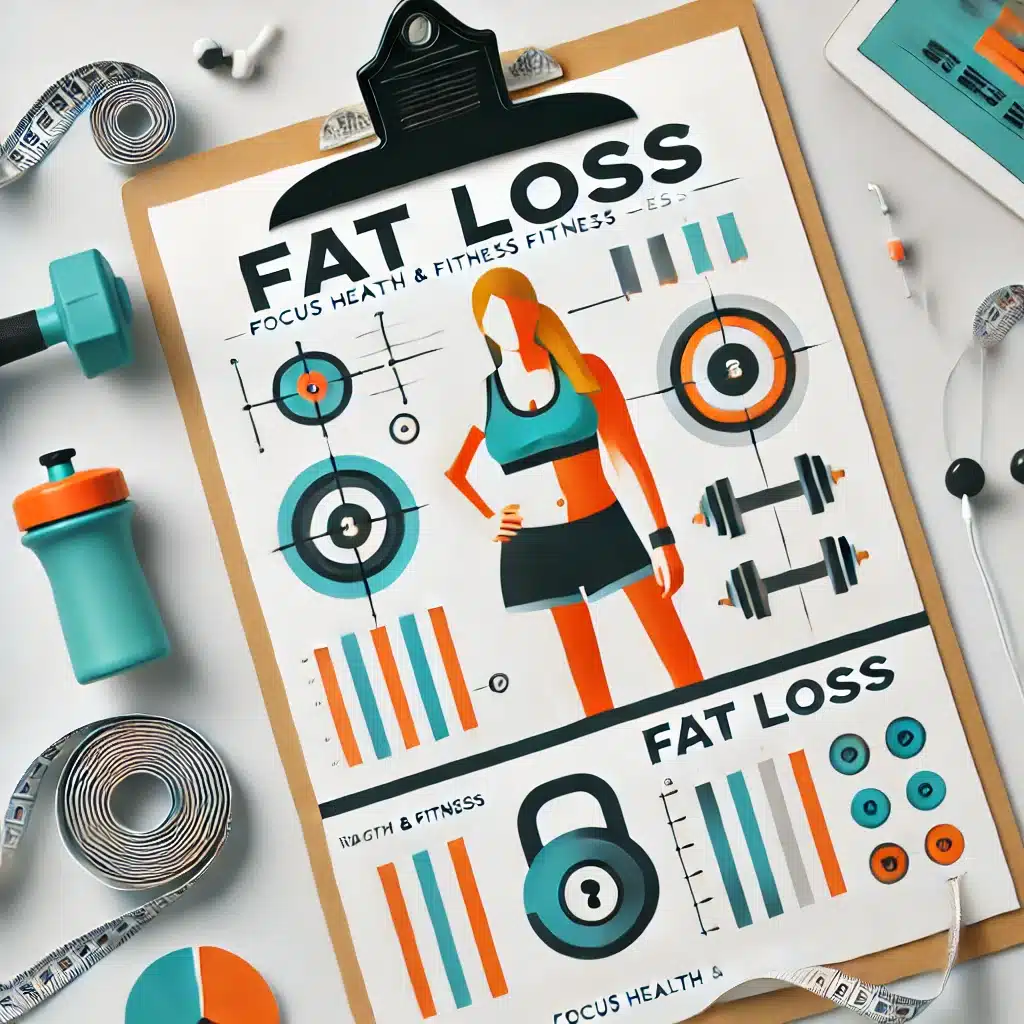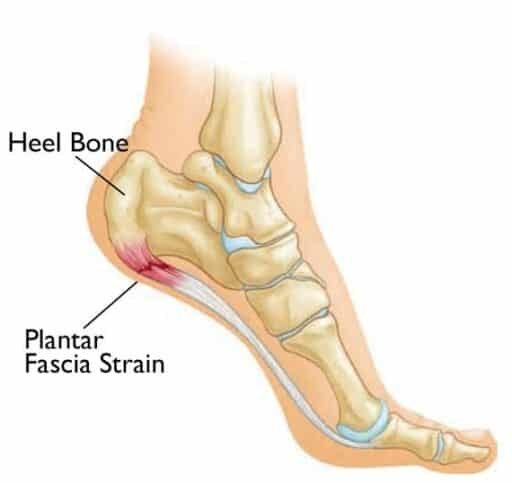
Fat Loss: A Comprehensive Guide – Focusfit Personal Trainer
The Most Important Things for Fat Loss: A Comprehensive Guide Fat loss is one of the most common fitness goals,…
August 21, 2024

The Most Important Things for Fat Loss: A Comprehensive Guide
Fat loss is one of the most common fitness goals, yet it remains a challenging journey for many. With so much information out there, it’s easy to get lost in the details. To help you stay focused, here’s a guide to the most important things for fat loss.
1. Nutrition: The Foundation of Fat Loss
You’ve probably heard the phrase, “You can’t out-train a bad diet.” It’s true. Nutrition plays a pivotal role in fat loss, and what you eat can either accelerate your progress or sabotage your efforts. Here’s what you need to know:
– Caloric Deficit: To lose fat, you need to consume fewer calories than your body burns. This doesn’t mean starving yourself but rather making mindful choices to create a sustainable calorie deficit.
– Macronutrient Balance: Focus on a balanced intake of proteins, fats, and carbohydrates. Protein is especially important as it helps preserve muscle mass during fat loss and keeps you feeling full longer.
– Whole Foods Over Processed: Prioritize whole, nutrient-dense foods like vegetables, fruits, lean proteins, whole grains, and healthy fats. Avoid processed foods that are high in sugar, unhealthy fats, and empty calories.
2. Strength Training: Build Muscle to Burn Fat
Strength training isn’t just for bodybuilders; it’s crucial for anyone looking to lose fat. Here’s why:
– Muscle Mass: The more muscle you have, the higher your resting metabolic rate (RMR), meaning you’ll burn more calories even at rest.
– After-burn Effect: Strength training creates an “afterburn” effect, where your body continues to burn calories long after your workout is over, a phenomenon known as Excess Post-exercise Oxygen Consumption (EPOC).
– Body Composition: Strength training helps improve body composition by reducing fat and increasing muscle, leading to a more toned and defined physique.
3. Consistency: The Secret Sauce
Fat loss is not about perfection but consistency. It’s about making sustainable changes and sticking with them over time. Here are a few tips:
– Set Realistic Goals: Aim for 0.5 to 1 kg of fat loss per week. This may seem slow, but it’s a sustainable rate that reduces the risk of muscle loss and ensures long-term success.
– Track Progress: Keep track of your progress, whether it’s through measurements, photos, or how your clothes fit. This will help you stay motivated and make necessary adjustments.
– Be Patient: Fat loss is a gradual process. There will be plateaus and setbacks, but persistence is key. Trust the process and keep going.
4. Cardiovascular Exercise: Complement, Don’t Overdo
Cardio is an excellent tool for burning extra calories, but it shouldn’t be the primary focus. When done correctly, it complements your strength training and nutritional efforts:
– Moderate Intensity: Engage in moderate-intensity cardio activities like brisk walking, cycling, or swimming. This helps create a calorie deficit without burning out.
– HIIT: High-Intensity Interval Training (HIIT) is an effective way to burn fat in less time. It involves short bursts of intense activity followed by rest or low-intensity periods.
– Avoid Overtraining: Too much cardio can lead to muscle loss and increased hunger, which may counteract your fat loss efforts. Balance is key.
5. Sleep and Stress Management: The Overlooked Factors
Sleep and stress management are often overlooked but are critical components of fat loss:
– Sleep: Aim for 7-9 hours of quality sleep per night. Lack of sleep can lead to hormonal imbalances, increased hunger, and cravings, making it harder to lose fat.
– Stress Management: Chronic stress increases cortisol levels, which can lead to fat storage, especially around the abdomen. Incorporate stress-relief practices like meditation, deep breathing, or yoga into your routine.
6. Hydration: The Simple Yet Powerful Tool
Staying hydrated is essential for overall health and can aid in fat loss:
– Water Intake: Drinking enough water helps with digestion, keeps you feeling full, and supports metabolic processes that burn fat.
– Limit Sugary Drinks: Replace sugary drinks with water or herbal teas to reduce unnecessary calorie intake.
Conclusion
Fat loss is a multifaceted process that requires attention to nutrition, exercise, consistency, sleep, and stress management. By focusing on these key areas, you can create a sustainable fat loss plan that works for your lifestyle. Remember, it’s not about quick fixes or drastic changes but about making small, consistent adjustments that lead to long-term success. Keep moving forward, stay Focused, and trust the journey.
For more personalized advice and guidance, consider working with a professional who can tailor a fat loss plan to your unique needs and goals. At Focus Health & Fitness, we’re here to help you achieve lasting results through a balanced and holistic approach to health and fitness.
Foss, kellyville, kellyville ridge, nutrition, personal trainer

Plantar fasciitis is one of the most common foot conditions, causing pain and discomfort along the bottom of the foot,…
January 22, 2025
* indicates required fields